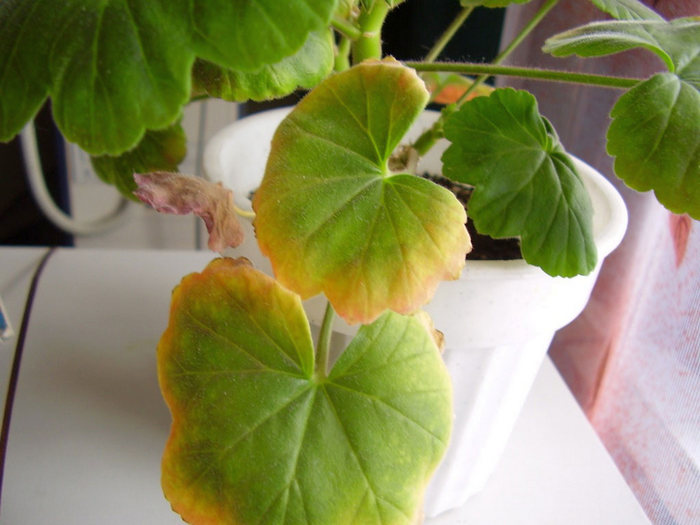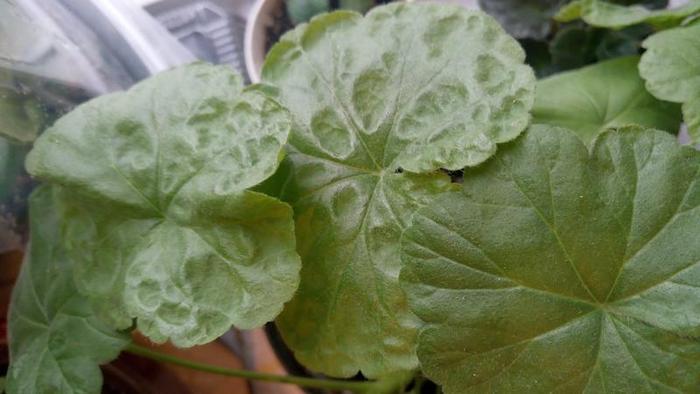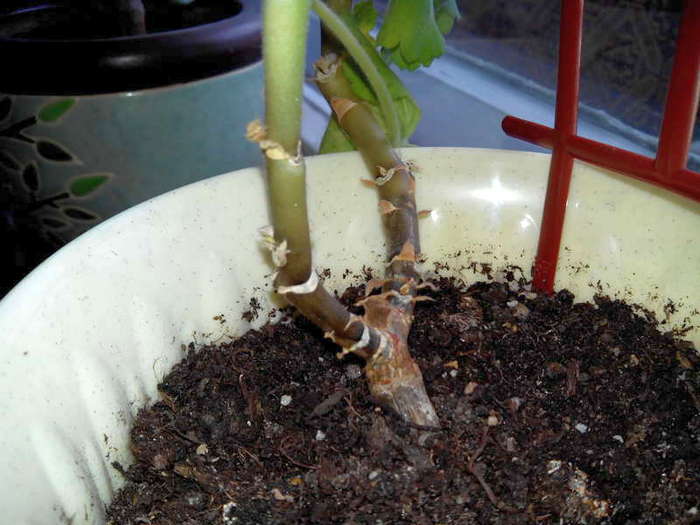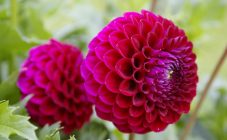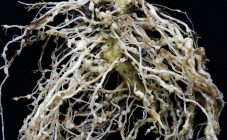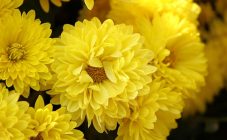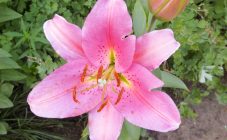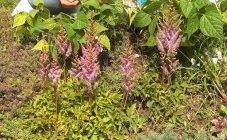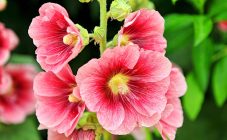Content:
Pelargonium, or home geranium, as it is popularly called, is an indoor flower with fragrant leaves saturated with essential oils. Unpretentious in care and cultivation, undemanding to soils and abundant watering, which does not need daily spraying, pelargonium has long and firmly won the love of many flower growers.
With its lush flowering almost throughout the year and the excellent survival rate of cuttings, home geranium compares favorably with most indoor plants.
Symptoms of ailments
Pelargonium diseases are determined by leaves first of all. Yellowness appeared and the leaves began to turn white, dry, shrink? This is a reason to be wary, the plant is clearly missing something or, conversely, something in excess.
Casting turn yellow
Why do the leaves of pelargonium turn yellow with a generally healthy appearance of the plant? The answer to this question lies on the surface. Typical reasons:
- Insufficient watering - the soil is often dry, the lower leaves turn yellow, dry and fall off, the upper ones look quite tolerable, but turn yellow at the edges. To help the plant, you need to increase the frequency of watering and rearrange it in a place where direct sunlight will not reach it.
- Excessive wateringwhen the roots of the plant begin to rot. Over time, yellowing appears on the leaves, are the flowering arrows flabby? In this case, it is worth reducing the number of waterings and it is best to revise the pot - increase the thickness of the drainage layer and cut off the rotten root areas by treating the cuts with activated carbon. Ivy and royal pelargonium are especially susceptible to this.
Leaves turn red
The foliage of home geraniums begins to turn red with sudden changes in night and day temperatures, at low air temperatures. This is most often observed in pelargoniums brought out in a garden bed for the summer. The flower has become uncomfortable, which means it's time for him to go home from the street, to a warm room. Most often, the leaves are subject to the effect of reddening in zonal varieties.
Description of common diseases
Frequent questions - why do the leaves turn yellow and dry on pelargonium, on pelargonium the leaves turn yellow, what to do, why do young yellow leaves grow on pelargonium? Such symptoms occur when the plant is ill with one of the following infectious diseases and it already has other less pronounced signs of the disease.
Curl virus
Mature plants are affected, in which brown spots appear on the leaves, and the leaf blade itself becomes bumpy. There is no cure, the affected plants are simply destroyed.
Pelargonium rust
This virus only infects domestic geraniums and never spreads to other plant species. Red-brown spots appear from the backing of the leaves. The affected leaves are harvested and the plant is treated with a fungicide.
Leaf spot
The leaves turn yellow, are covered with yellow spots in places and may turn white. Disease of greenhouses and humid air apartments. As soon as the plant is transferred to a room with dry air, the disease goes away by itself.
Blackleg
The plant begins to die from below - black rot appears on the trunk at the base, which gradually grows. The leaves turn yellow, curl and fall off.It is impossible to cure this disease, but you can prevent it! When transplanting pelargonium into previously used flower pots, rinse thoroughly with laundry soap.
Gray rot
A layer of gray bloom is applied on top of a yellowed or brownish leaf. Fight this fungal disease by spraying the flower with any antifungal drug.
The plant does not bloom
Why doesn't pelargonium bloom? Perhaps she just had a dormant period associated with winter, and if the plant looks healthy - the leaves are shiny and elastic, the color is juicy green, outside the window is snow, then you just have to wait, the pelargonium should bloom in spring.
If this happens in the very season of flowering, but, anyway, the pelargonium does not bloom - what to do? There may be several reasons for not blooming in an absolutely healthy plant:
- Lack or insufficient feeding. During flowering, the plant must be fed with specialized fertilizers at least once every two weeks;
- The flower pot was chosen incorrectly when transplanting and turned out to be too large. Until pelargonium braids the entire earthy clod with roots, it will not bloom, you will have to wait. Or it is worth transplanting pelargonium into a smaller pot;
- Home geraniums bloom little and with abundant watering - the land must be dry before the next watering. Watering itself is moderate;
- The flower was not pruned in spring. Old shoots bloom reluctantly and little. Removing old shoots can help to bloom pelargonium;
- Not enough light. The pot with the plant should be rearranged to a more sunny and brighter place.
In order not to have to treat all indoor flowers for this scourge, experienced gardeners, when transferring plants into the house, do prevention - they bathe each plant in a solution of the good old Intavir. The tablet is diluted in a bucket of water and each flower is bathed with the crown upside down. It is dried on the porch or veranda and brought into the house.
Pelargonium is a little susceptible to diseases, but with improper care, the immunity decreases and the plant is quite capable of getting sick. The key to the success of the treatment of any disease of home geranium is, first of all, the creation of comfortable conditions and caring care for the plant.
